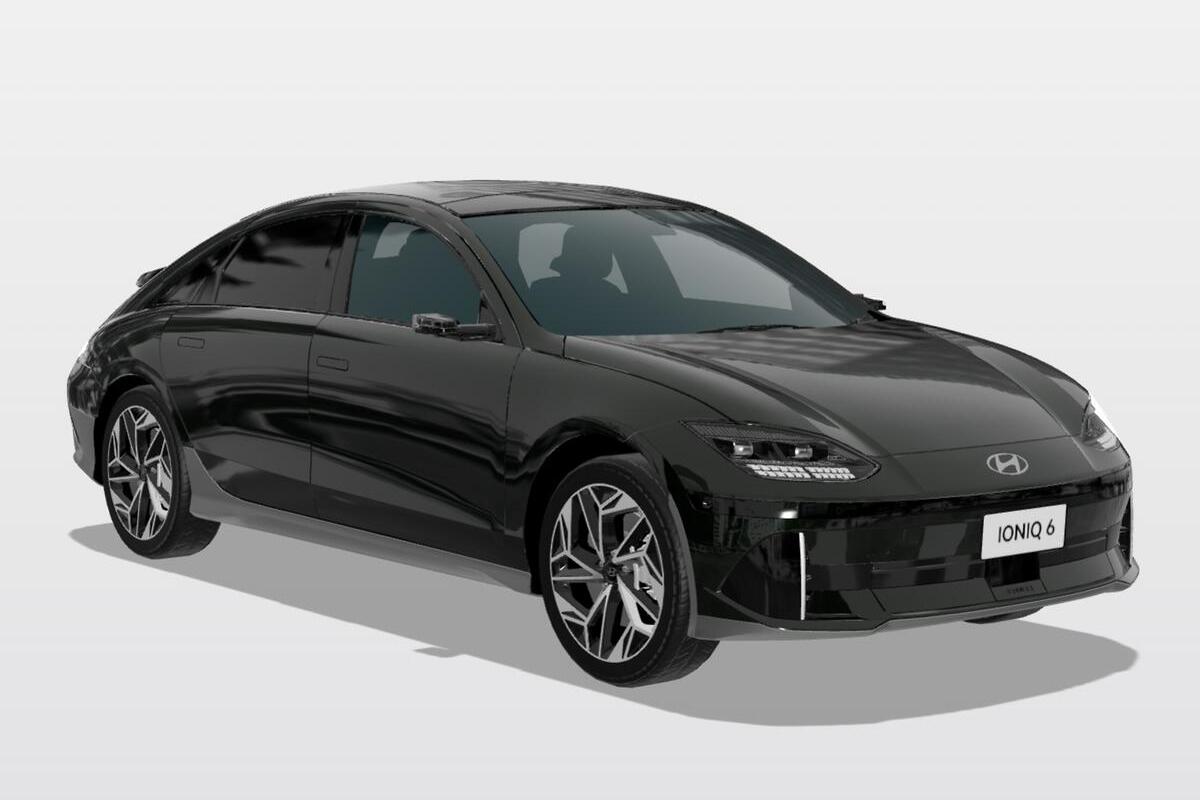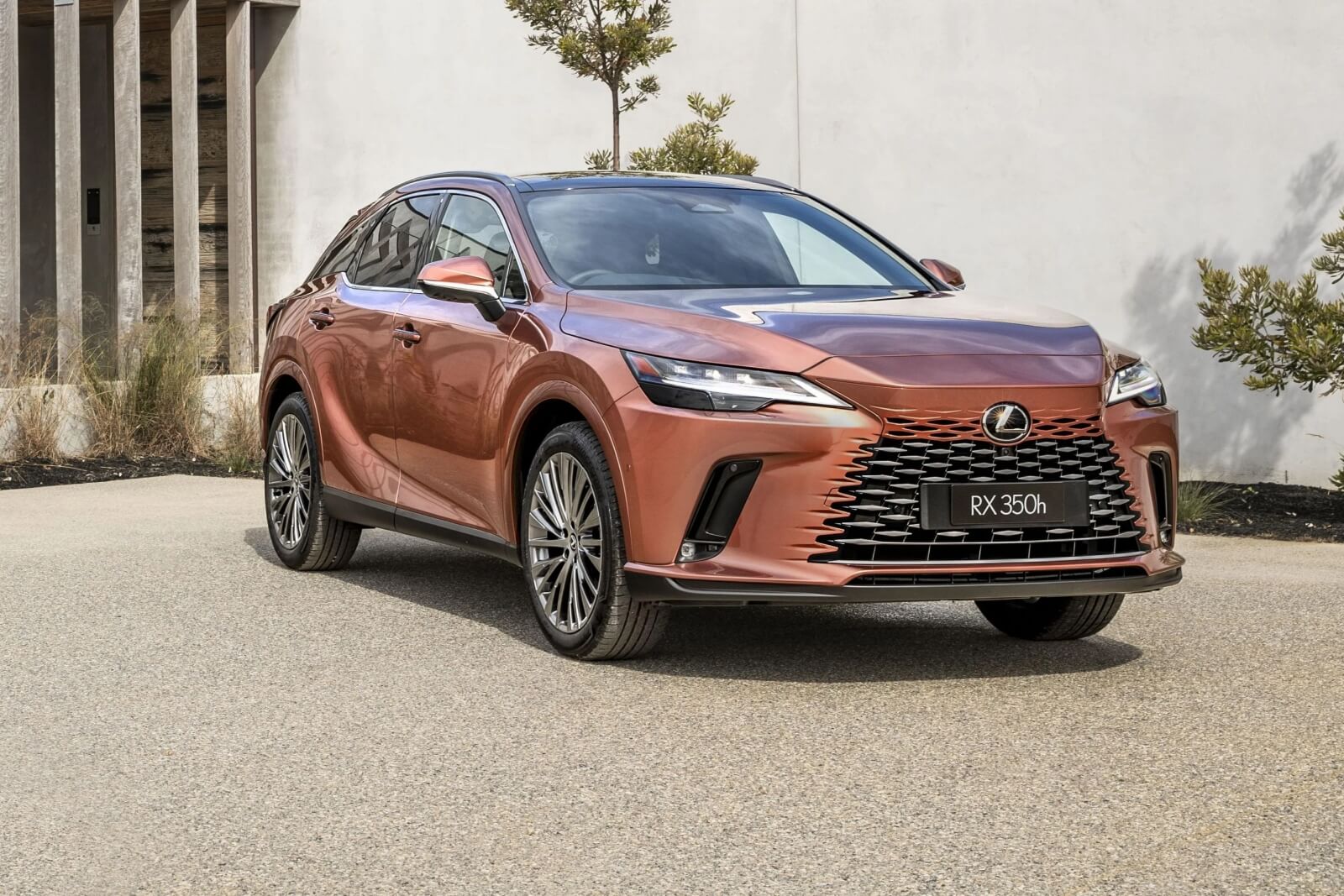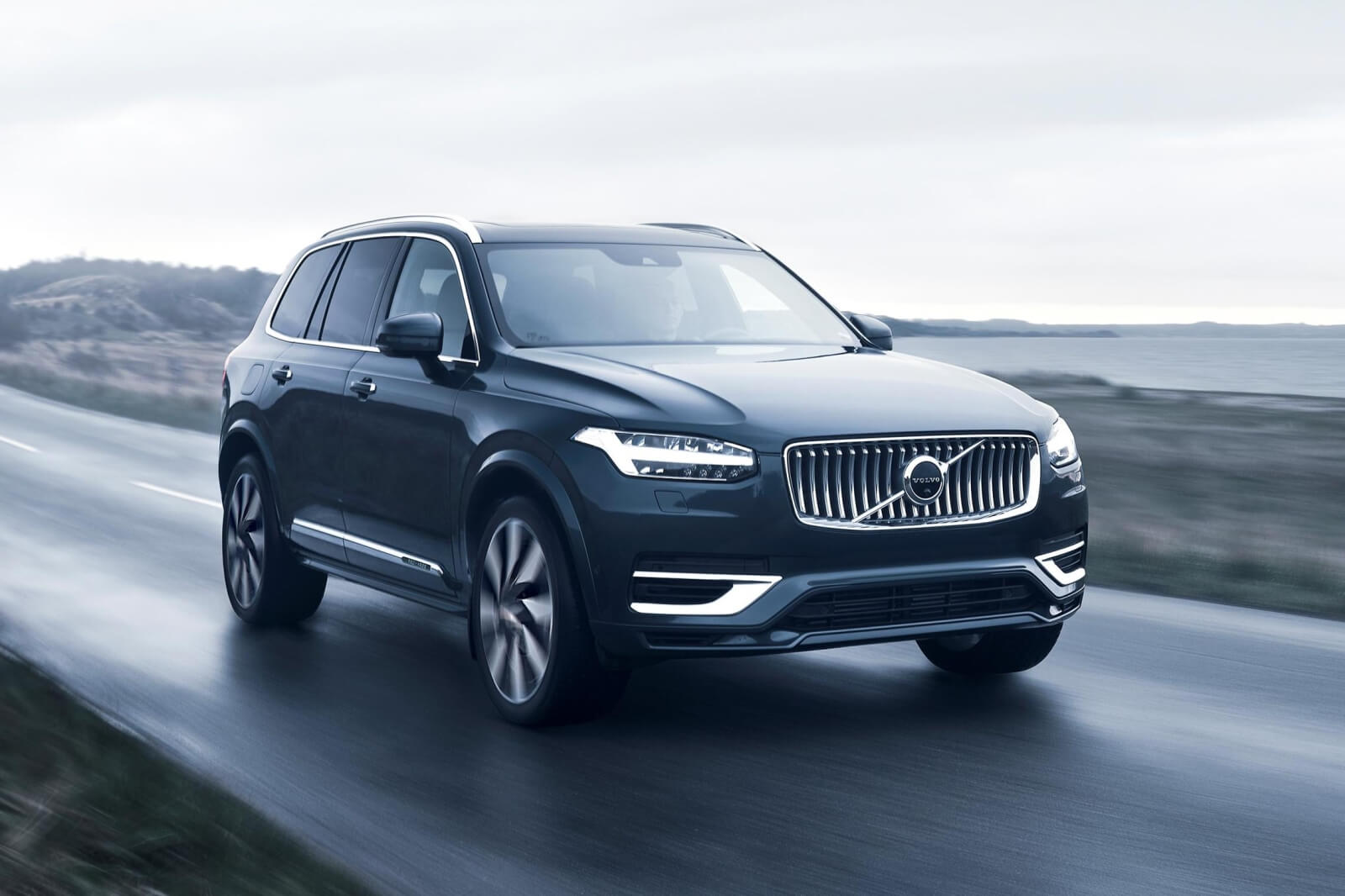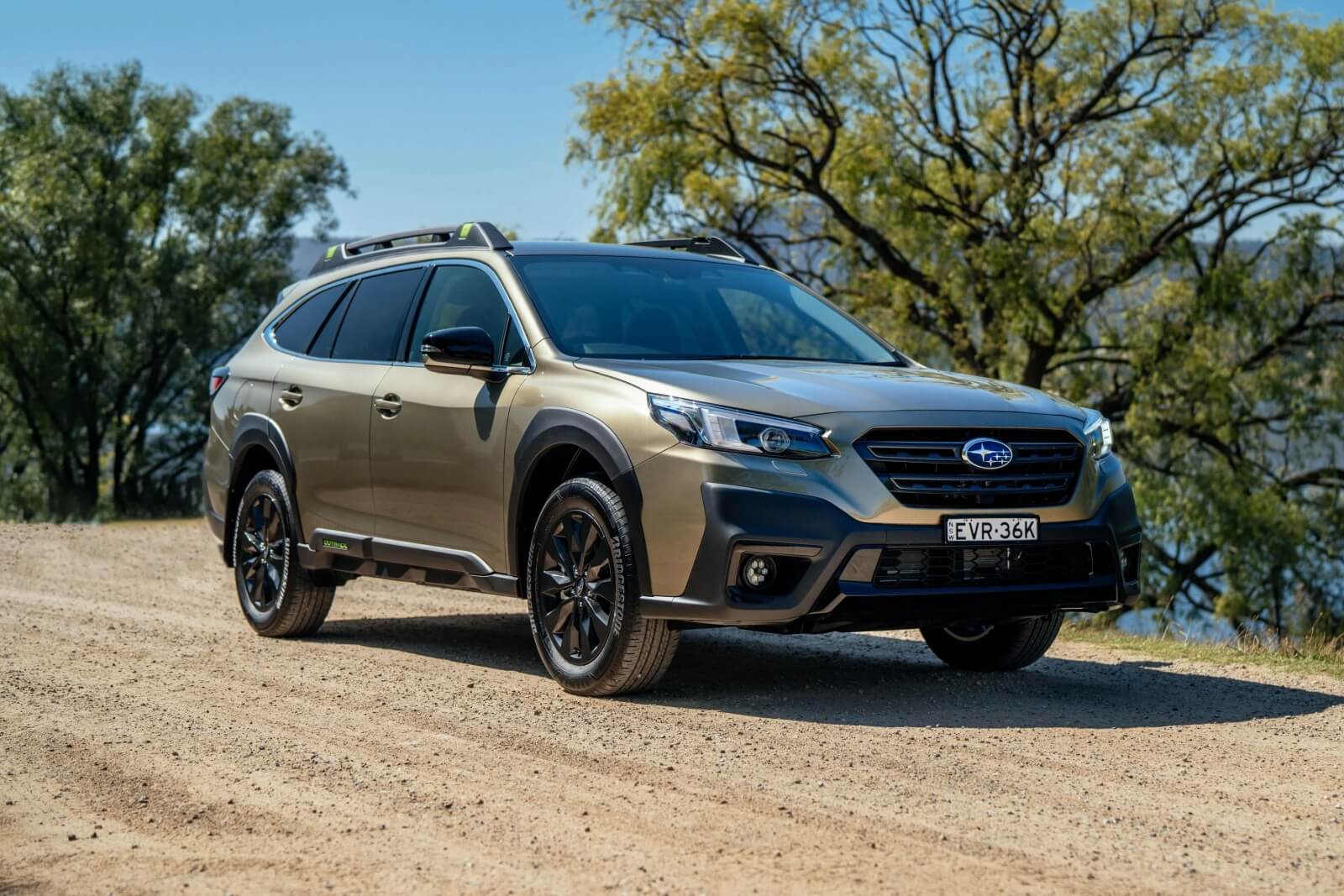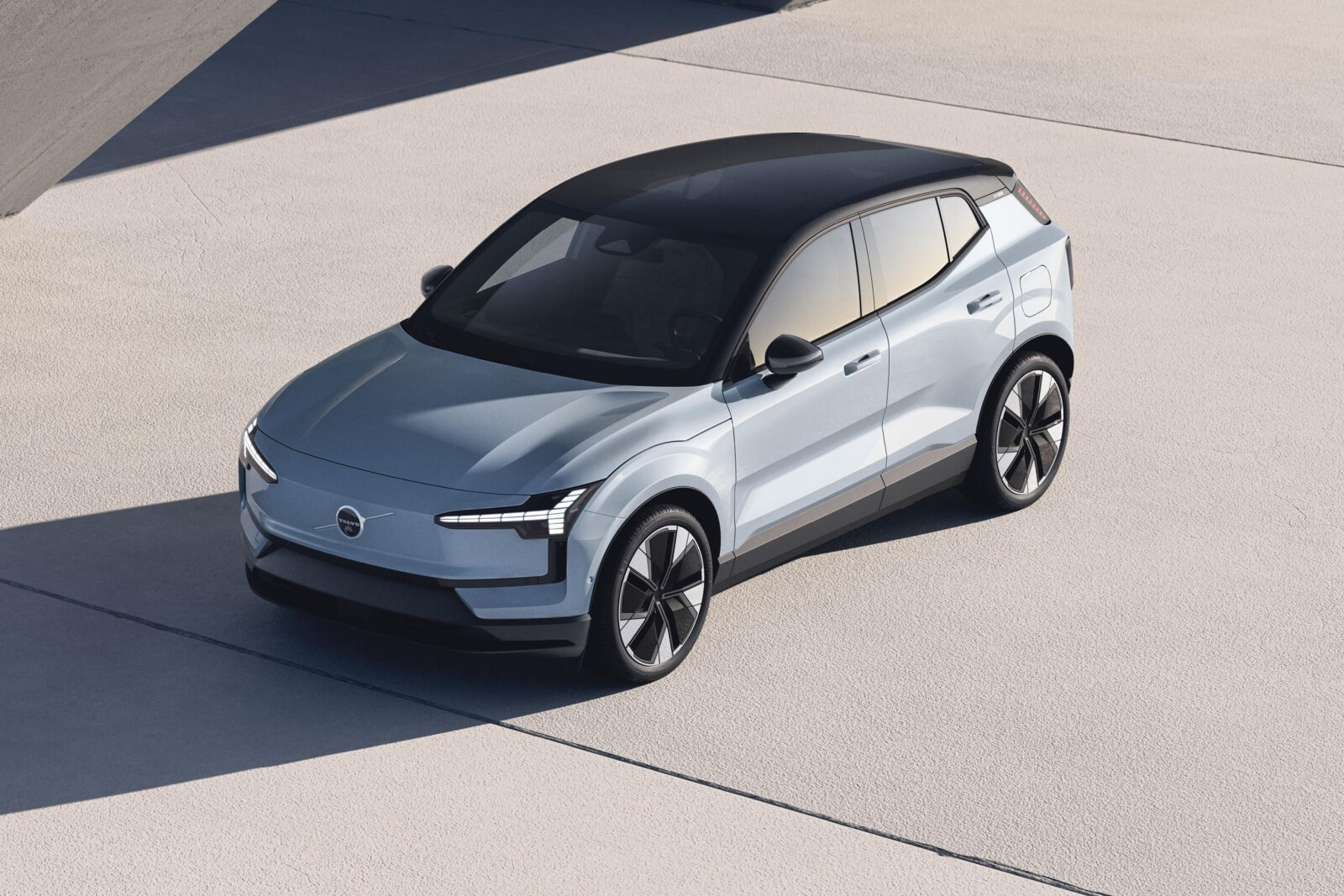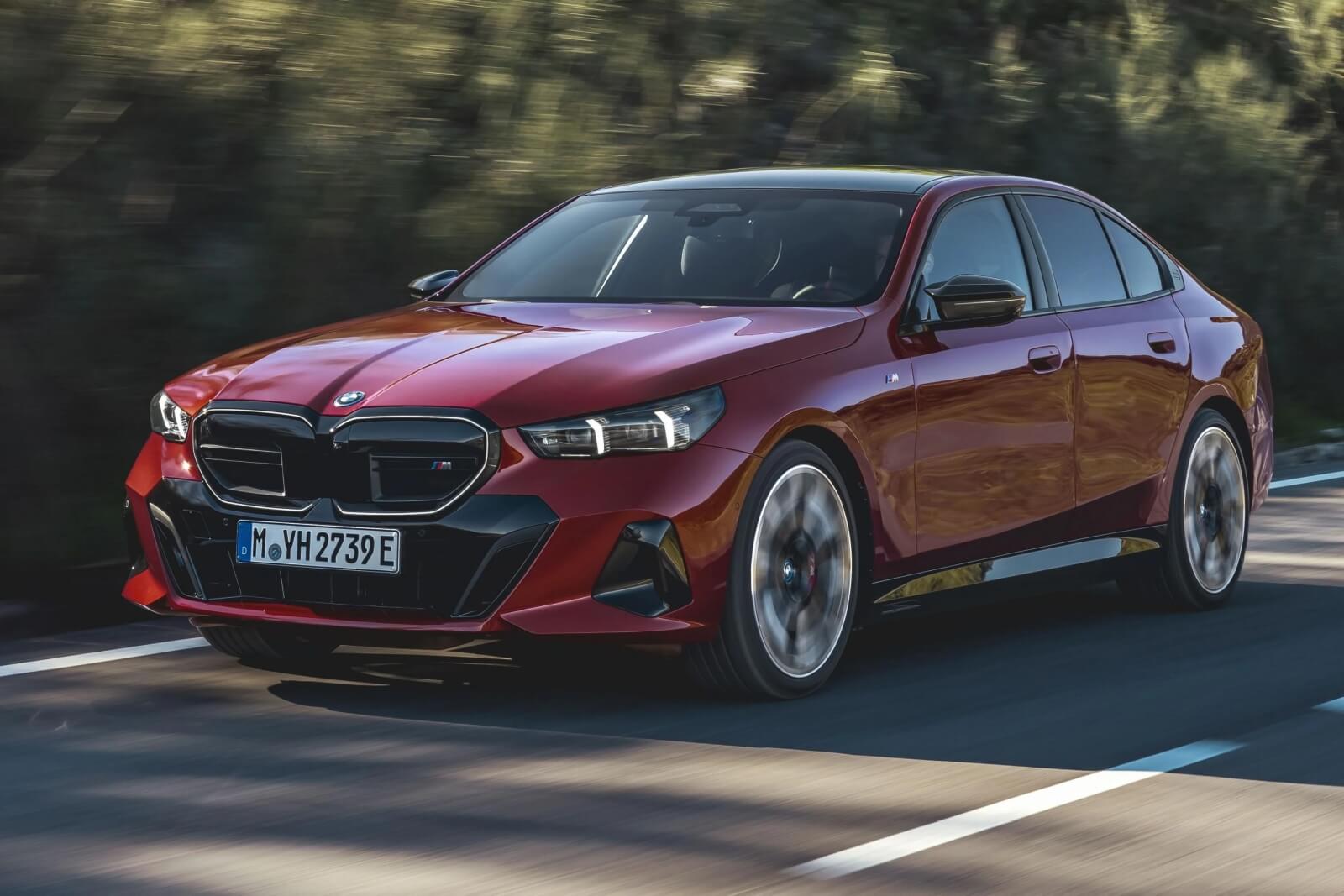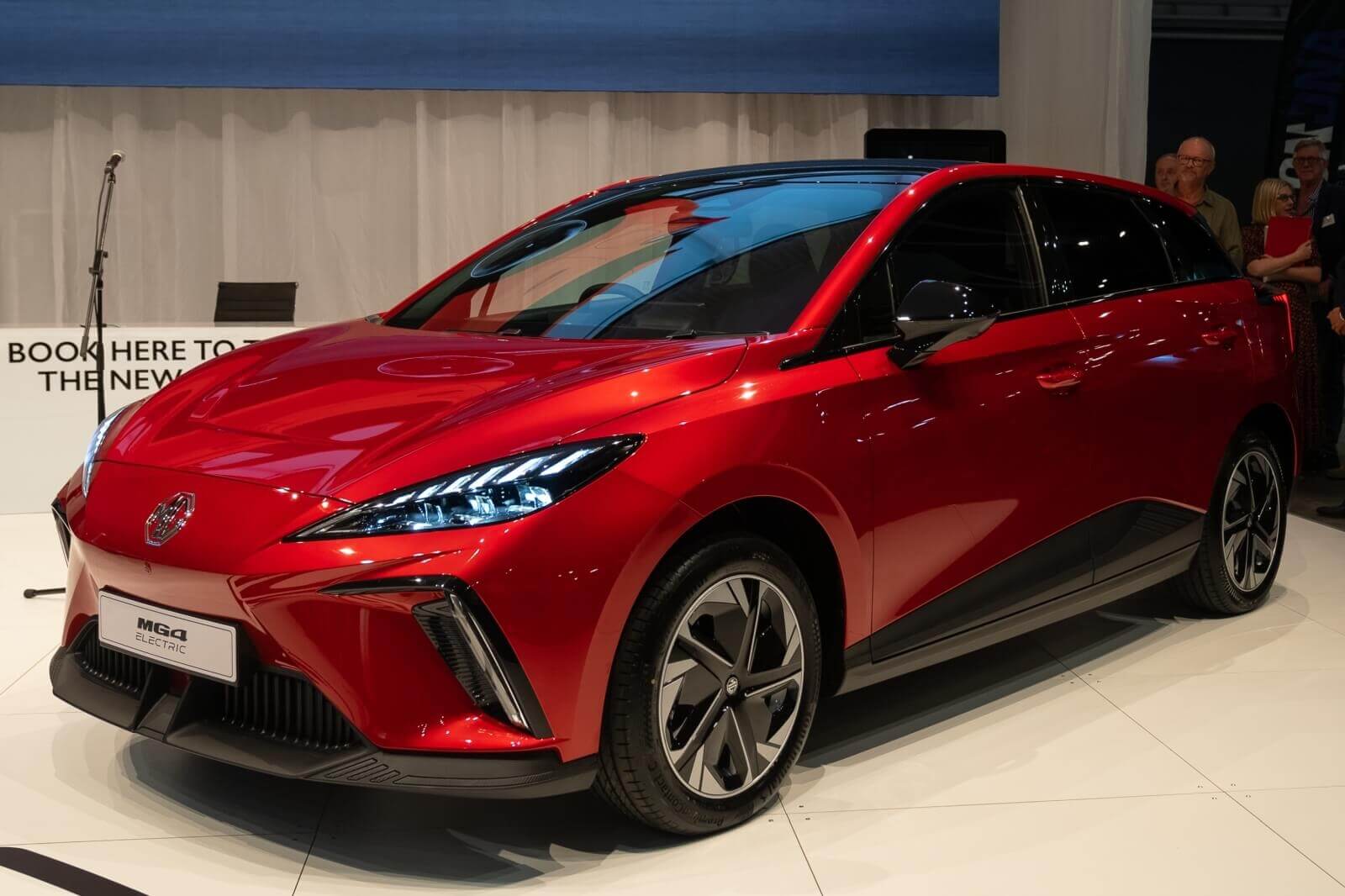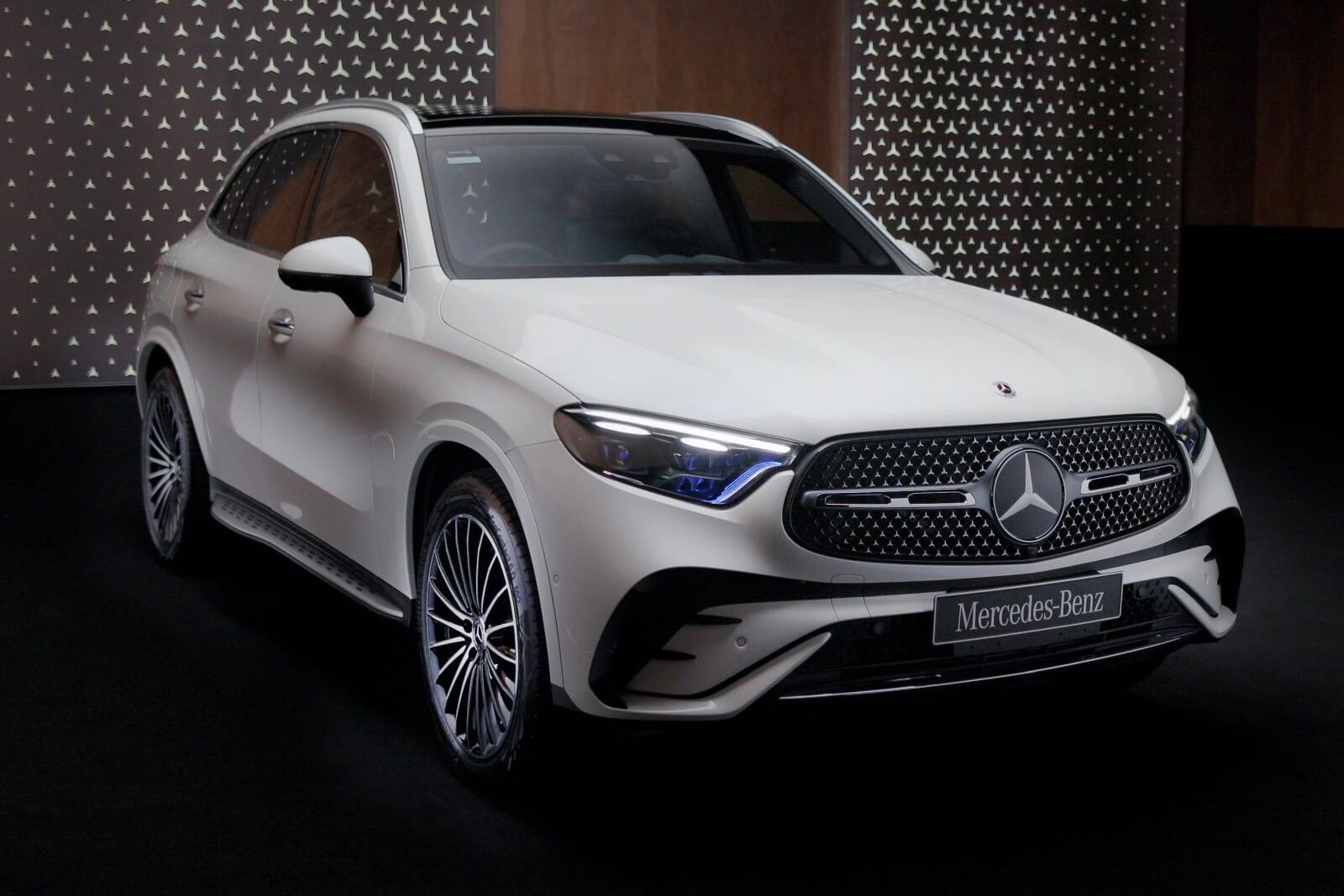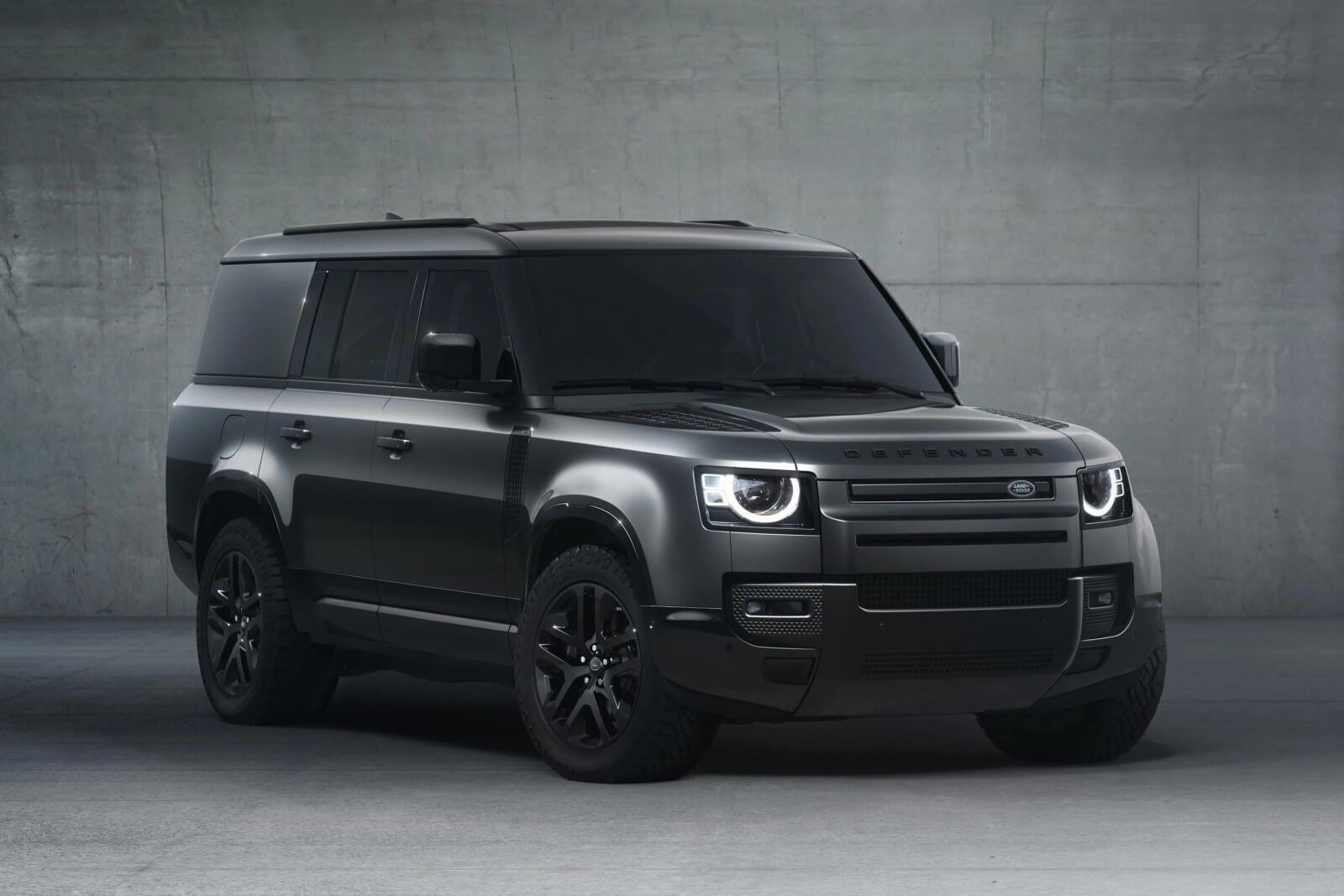The Ioniq 6 symbolizes Hyundai's execution of its Prophecy Concept. Can this sleek electric sedan prove its mettle against the Tesla Model 3?
Pros
- Benchmark efficiency and range in base trim
- Head-turning design
- Superior ride and handling balance
- Low running costs
- Bluelink connectivity
Cons
- Frustrating 'Intelligent' Speed Assist
- Limited rear headroom due to the sloping roofline
- Absence of a spare wheel and Chargefox subscription
- Compact boot and frunk
- High cost in Epiq trim
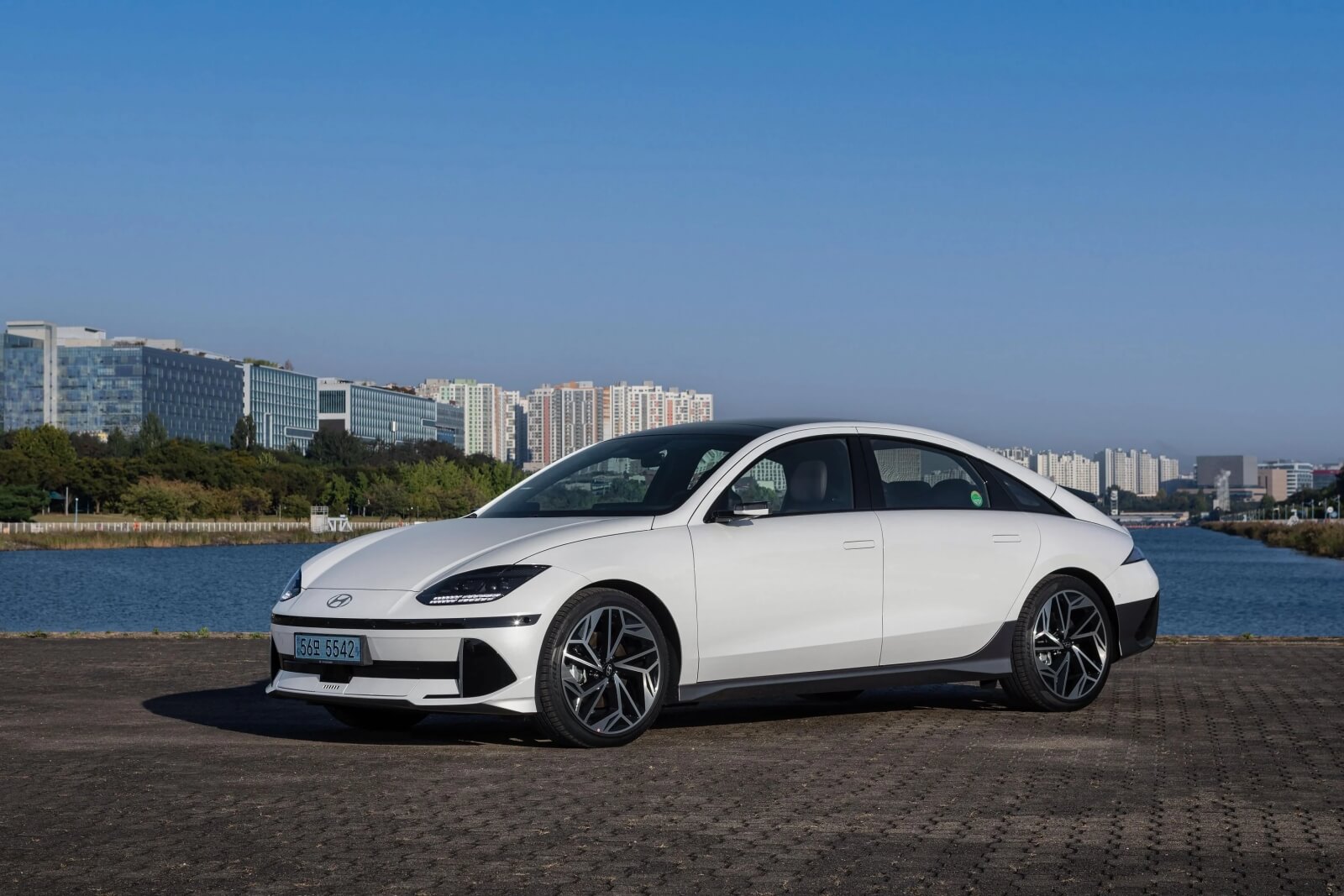
What are the prices for the Hyundai Ioniq 6?
2023 Hyundai Ioniq 6 pricing:
2023 Ioniq 6 DYNAMIQ RWD: $74,000
2023 Ioniq 6 TECHNIQ AWD: $83,500
2023 Ioniq 6 EPIQ AWD: $88,000
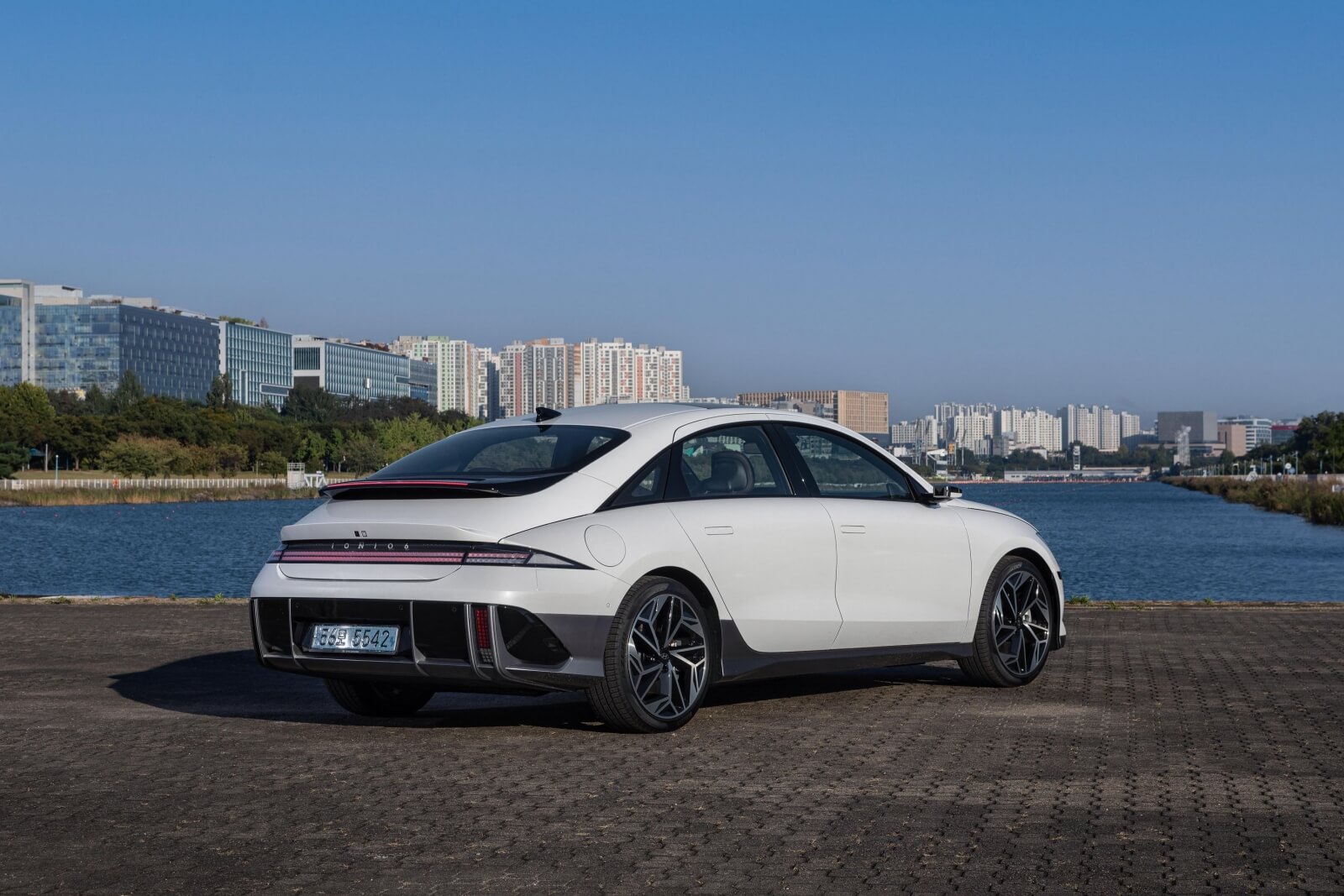
The forthcoming 2023 Hyundai Ioniq 6 sets its initial pricing at $74,000 before accounting for on-road charges for the starting level Dynamiq RWD variant.
The Ioniq 6 lineup comprises three distinctive models. The second-tier Techniq, featuring dual-motor AWD, is priced at $83,500 prior to on-road costs, and the top-tier Epiq AWD with innovative digital side mirrors peaks at $88,000.
Although the Ioniq 6 and its sibling Ioniq 5 share identical infrastructure and comparable standard specifications, the former is priced slightly higher by about $2000-$3000 per variant. We'll delve into the comprehensive features soon.

Both the Dynamiq and Techniq models reside below the Luxury Car Tax (LCT) boundary, making them eligible for Fringe Benefits Tax (FBT) deductions. Additionally, the standard Dynamiq qualifies for stamp duty exceptions in NSW, and all models get a two-year registration fee waiver in ACT and Tasmania.
While Hyundai recognizes the Tesla Model 3 as a principal competitor for the Ioniq 6, it's important to note that the Hyundai model is $10,000 more expensive than the Tesla's base model. However, its specifications align more closely with the dual-motor Model 3 Long Range ($77,300), which costs a bit more.
Other notable competitors in the same league include the Kia EV6 (from $72,590), Polestar 2 (from $63,900), and Tesla Model Y (from $69,300).
Prices exclude on-road costs
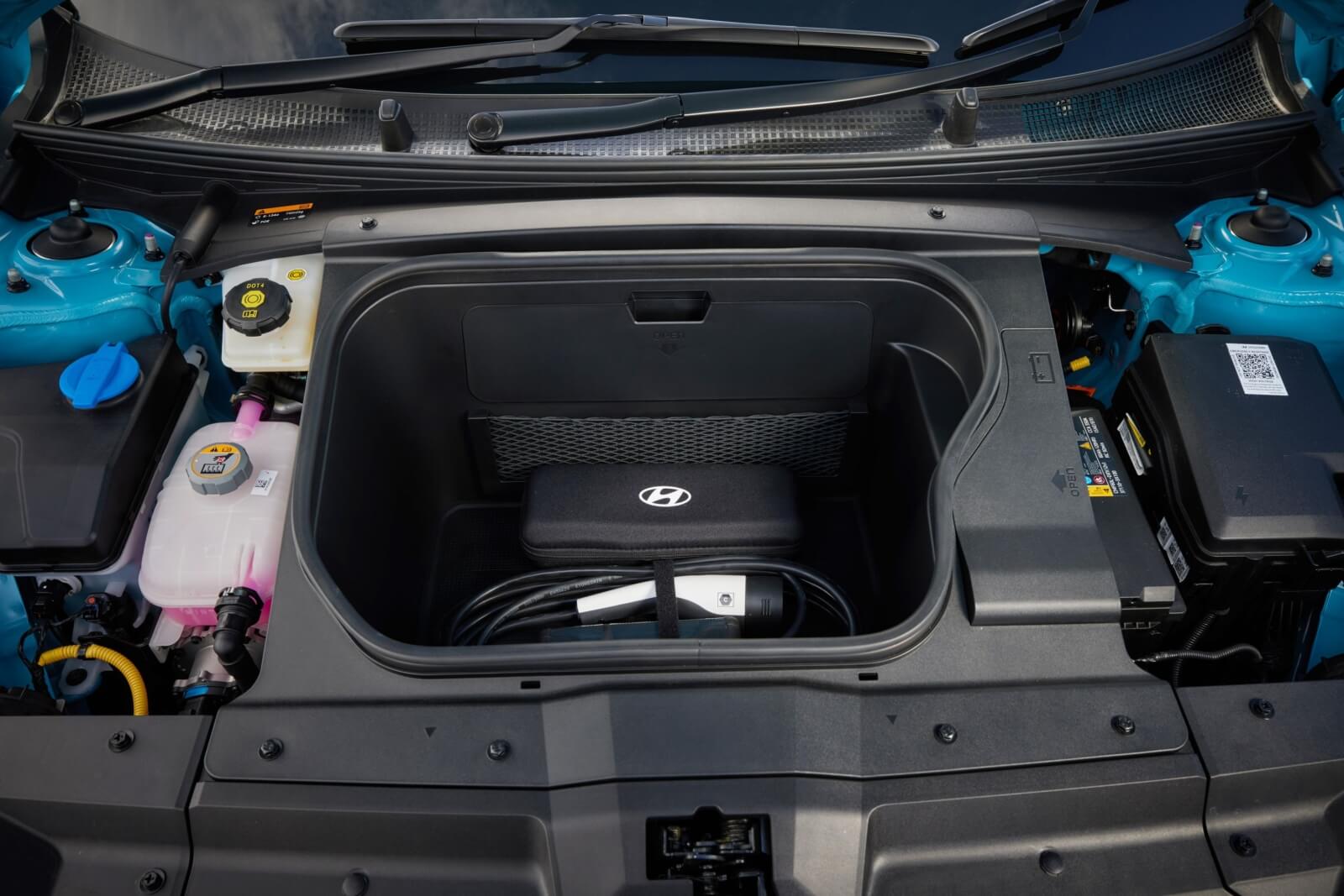
What’s under the bonnet?
Like its counterparts, the Ioniq 5 and Kia EV6, the Ioniq 6 also presents two drivetrain options.
The Dynamiq models run on a 168kW/350Nm electric motor at the rear axle. In contrast, the Dynamiq and Epiq models incorporate an additional 74kW/255Nm electric motor at the front axle, culminating in a total output of 239kW and 605Nm, featuring electric all-wheel drive.
All Australian Ioniq 6 models come equipped with the Long Range 77.4kWh lithium-ion battery pack, irrespective of the drivetrain. Some international markets offer a Standard Range battery option with a 53kWh capacity.
The Ioniq 6 Dynamiq model boasts an impressive 614km range on the WLTP test cycle, considering an energy consumption rate of 14.3kWh per 100km. Dual-motor models deliver a range of 519km (WLTP) with an energy consumption claim of 16.9kWh per 100km.

The single-motor Ioniq 6 can accelerate from 0-100km/h in 7.4 seconds, with the dual-motor variants reducing this to a mere 5.1 seconds. The Ioniq 6 RWD model can accelerate from 80-120km/h in 4.6 seconds, with AWD models managing the same in just 3.3 seconds.
The Ioniq 6, like the Ioniq 5 and EV6, uses an 800V electrical structure that accommodates ultra-fast DC charging at up to 350kW – this translates to a 10 to 80 per cent battery charge in about 18 minutes.
With a standard 50kW DC fast charger, the 10-80 per cent charging time extends to 73 minutes. Hyundai also quotes a duration of 34 hours and 20 minutes when using the "Portable Charger".
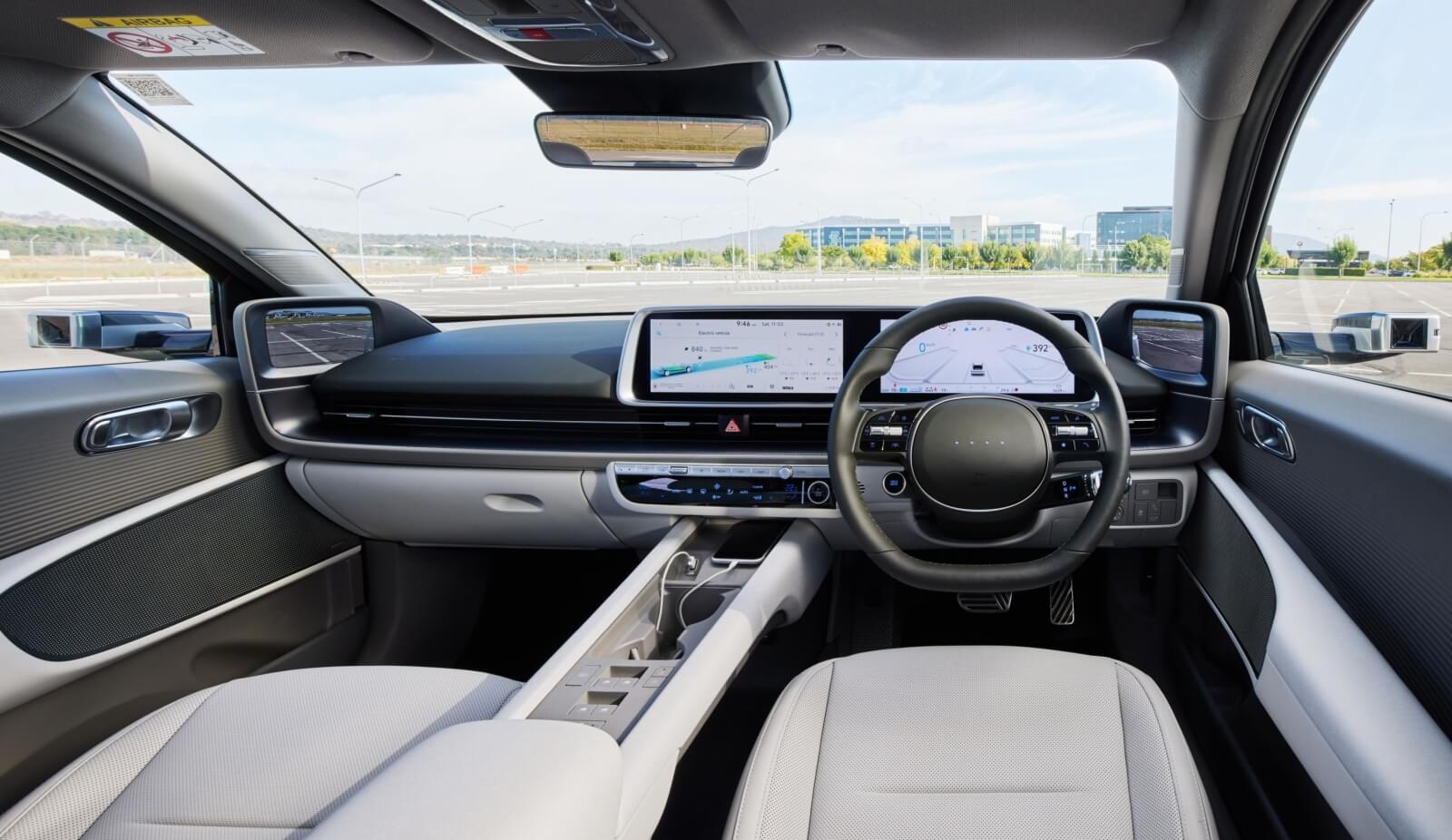
How does the Hyundai Ioniq 6 drive?
The Hyundai Ioniq 6 EV stands out in the sub-$100,000 electric car segment due to its impressive driving characteristics. Many competitors in this price range suffer from significant issues such as poor ride quality or unstable handling. The Ioniq 6’s most direct rival, the Tesla Model 3, for instance, is noted for its brittle suspension that lacks finesse. However, Hyundai successfully circumvents these issues in the Ioniq 6, boasting a polished suspension tune.
The Australian version of the Ioniq 6 features a European ride, handling, and stability control tune – a contribution from local engineers who participated in prototype drives of this EV during its development phase. This process negates the need for a fully Australianized suspension and steering setup.
Behind the wheel, the Normal driving setting provides a balanced response with less urgent throttle inputs. The cabin is well-insulated from road noise, providing a quiet and relaxed touring experience, even with the larger 20-inch wheels.

The Ioniq 6 truly shines when you hit the curves. Thanks to its saloon body and streamlined styling, the weight shift of the heavy (2078kg) electric car is less noticeable compared to taller, softer SUVs. The vehicle feels grippy and stable on the road, with the lithium-ion cell distribution providing excellent stability.
The Ioniq 6 combines comfort and sportiness, effortlessly dealing with changing road surfaces while retaining firmness and composure. You can experience some tyre scrub on tighter, faster bends but never squealing or slipping. The steering provides honest feedback, more akin to a traditional car than a futuristic vision of one.

There are three driving modes – Eco, Normal, and Sport. The Eco mode gives a restrained, linear acceleration, similar to a petrol car, whereas Sport enhances throttle response for that smooth power delivery common in EVs. The Hyundai, despite its 605Nm figure, delivers quick but not jarring straight-line performance. The company claims a 5.1-second sprint to 100km/h, which, although not particularly impressive by today's standards, is still enough to elicit enjoyment and provide confident overtaking in various settings.
The Ioniq 6 features acoustic lamination on all its glass, except the rear window, significantly reducing cabin noise, even at speeds of 100km/h and above.
The brake pedal feel is finely tuned, avoiding the wooden feel common in some other EVs. Steering wheel paddles allow you to change the regenerative braking force, with the most aggressive I-Pedal mode almost enabling full one-pedal driving – sometimes you might need to apply the brakes.
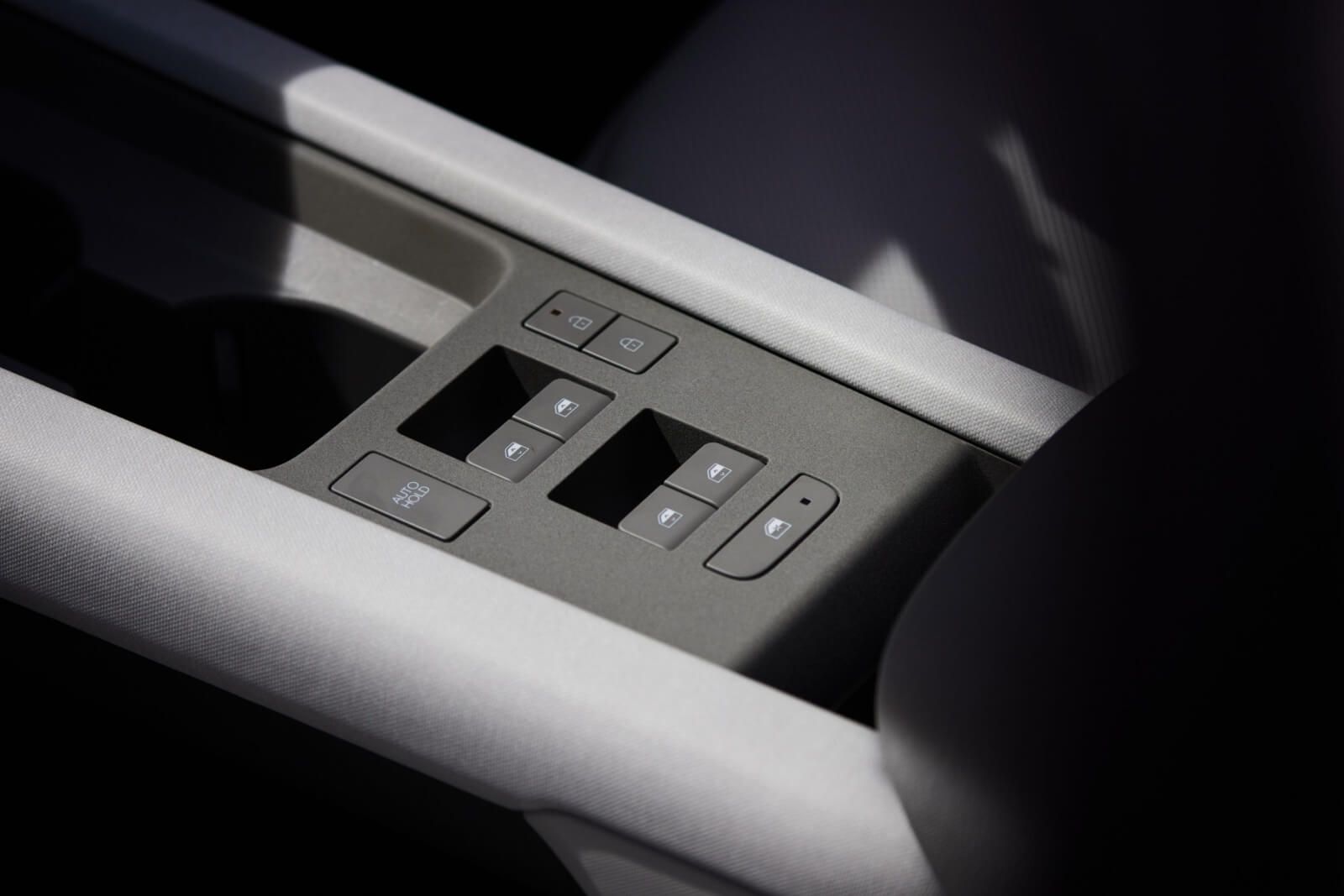
What is the Hyundai Ioniq 6 like on the inside?
The Ioniq 6's interior is spacious and designed for usability, thanks to its purpose-built electric car design, which eliminates the need for transmission tunnels and exhaust channels. However, the design has had to make concessions for the under-floor battery and the roofline that was tailored for aerodynamics rather than taller passengers.
The door cards are 'slimmed' as window controls are relocated to the center of the console. This seemingly minor adjustment provides extra room and showcases the thoughtful layout of the Ioniq 6. The doors still serve as a rest for your elbow and house the multi-colored ambient lighting system, but now provide more space for knees, particularly for passengers.
The center console features two-tier storage, with space for cups and a wireless phone charger on top, and a tray for bags beneath. There's also a sizable cubby under the armrest and a large slide-out glovebox for the passenger. Hyundai has designed the top of the console to be flat, perfect for resting a laptop for work or review-writing during charging sessions.
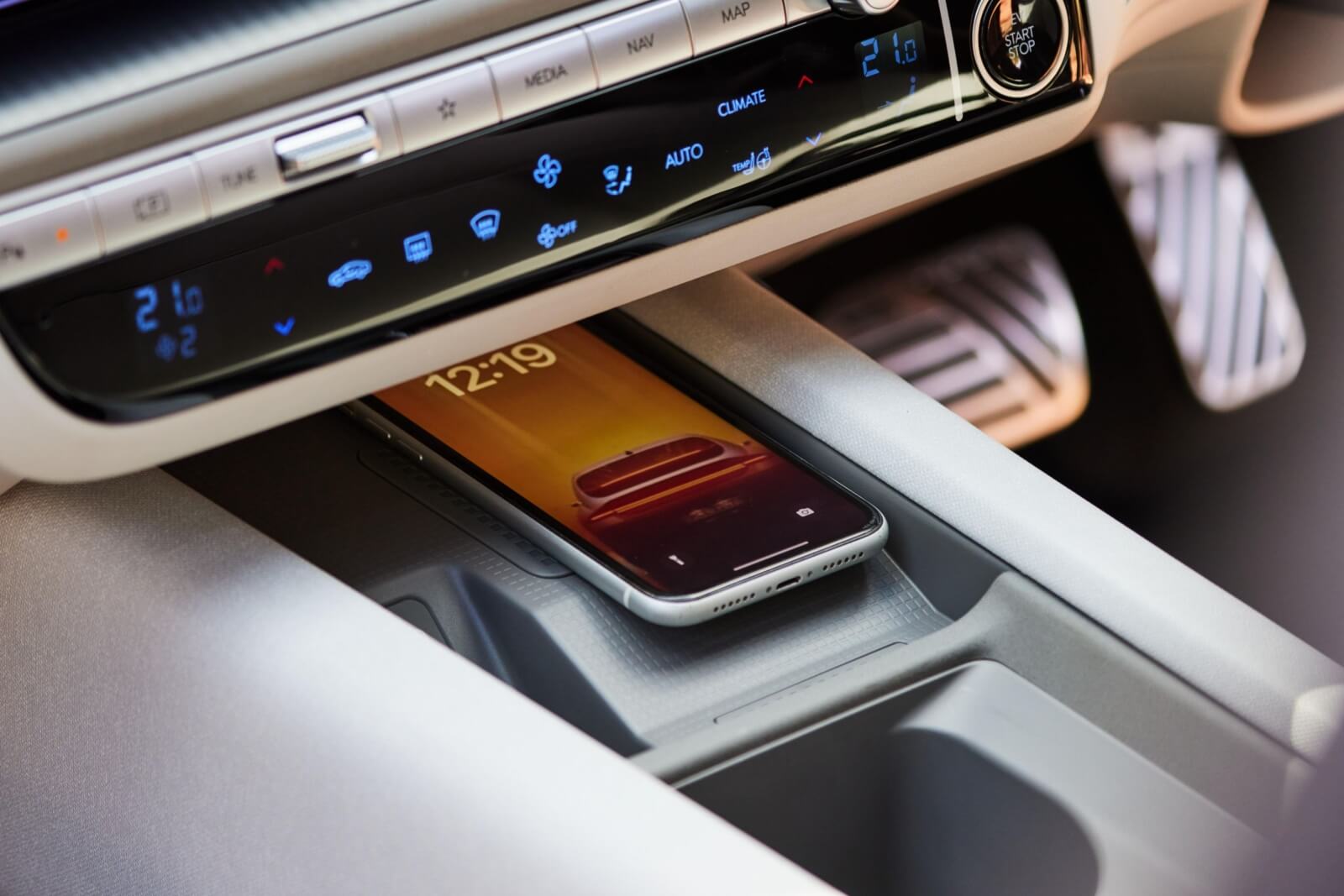
Equipped with twin 12.3-inch displays shared with the Ioniq 5, Kia EV6, and Genesis GV60, the Ioniq 6’s interior feels technologically advanced but not intimidating. However, it isn't as minimalist as the Tesla Model 3.
The Ioniq 6 retains dedicated shortcut controls for almost everything, from the volume knob to soft-touch buttons for climate functions. The exceptions are the seat coolers and heaters.
Unfortunately, the upcoming revamped operating system debuting in Hyundai's new Kona small SUV range did not make it to the Ioniq 6. The current Hyundai-Kia touchscreen system seems outdated, and the menu structures can be a bit complicated.
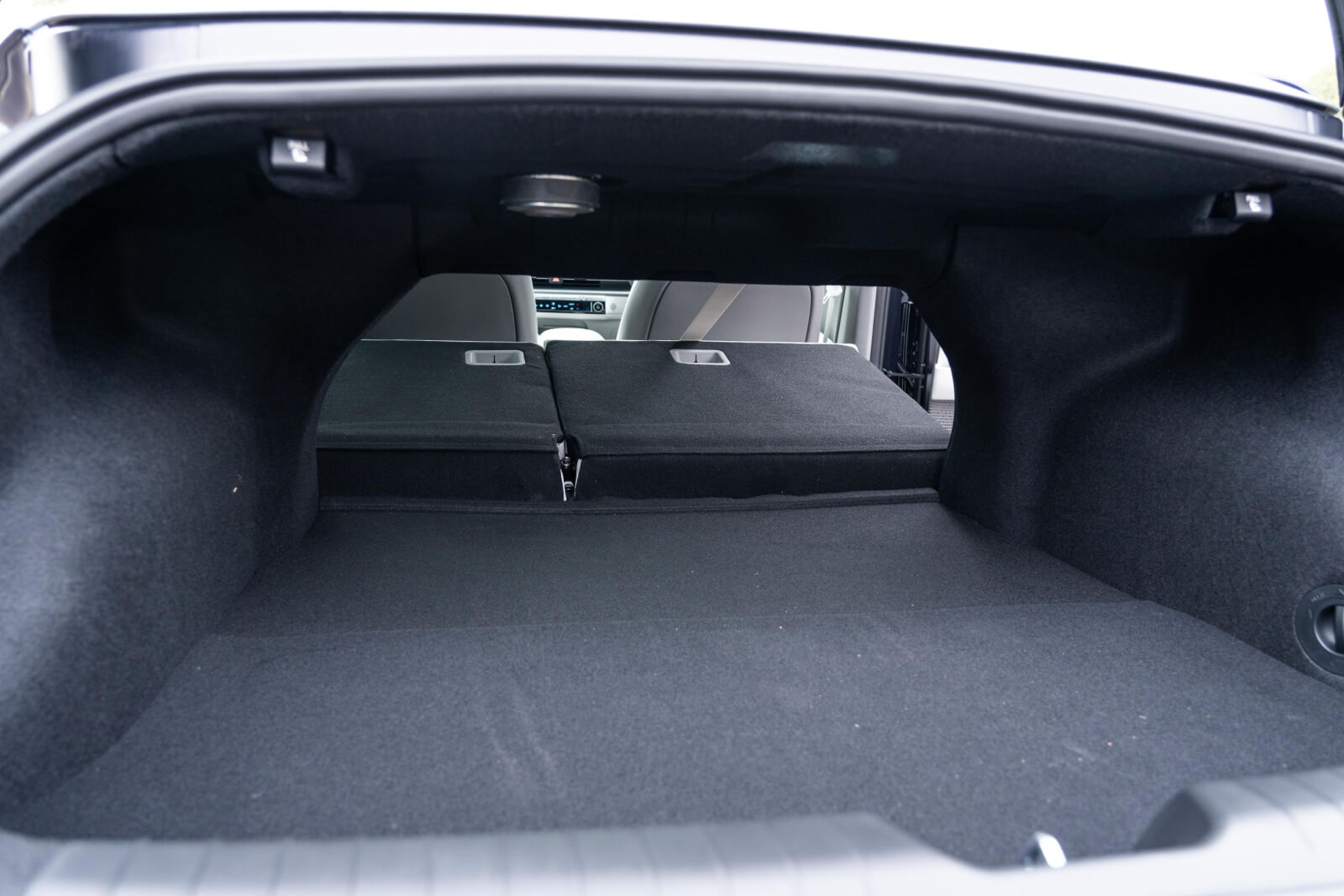
Regarding the interior aesthetics, Hyundai offers four color options, and the materials' quality is generally high. Keeping with the efficiency theme, Hyundai aimed for sustainable interior materials, using sugar-cane-sourced fibers for some dashboard trim, bio-plastic fabric for the headliner, and recycled fishing nets for the floor mats.
The nearly 2950mm wheelbase offers ample legroom for rear passengers. However, taller passengers might find the back seat a bit awkward due to the higher floor (because of the battery pack) and sloping rear window line.
The boot, power-operated in all models, only offers 401 litres of cargo space and a narrow aperture. It lacks a spare wheel, providing only a tyre mobility kit, which is common among EV rivals. However, Hyundai has incorporated a frunk/front boot, though it pales in size compared to the Tesla Model 3's 88-litre frunk, offering just 14.5L in AWD or 45L in RWD.
Unlike Tesla, which conceals under-bonnet components with beauty covers, the Ioniq 6’s frunk is awkwardly placed amidst fully visible components, resulting in a messier appearance.
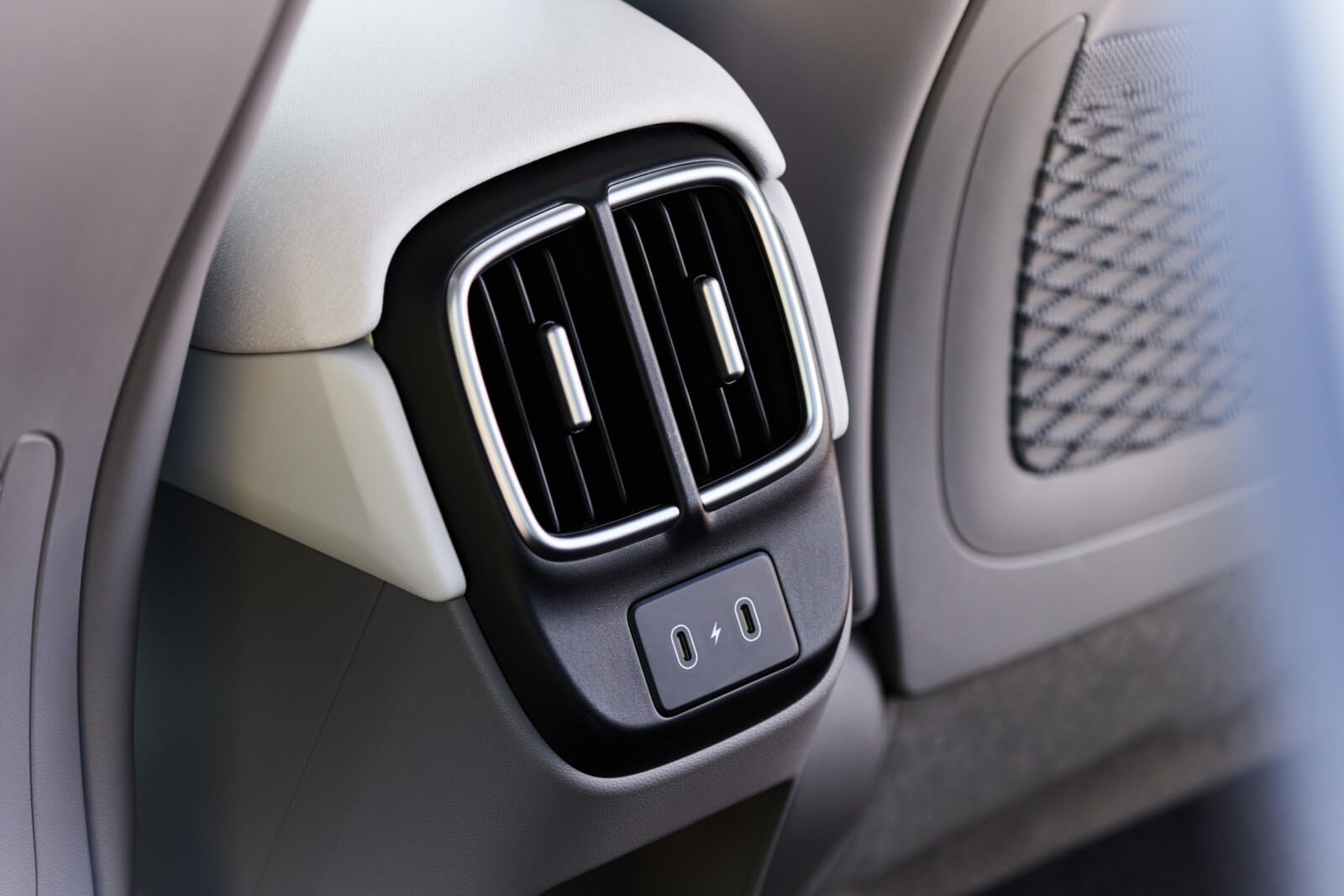
Is the Hyundai Ioniq 6 safe?
The Hyundai Ioniq 6 has a five-star safety rating from Euro NCAP. An ANCAP rating has yet to be applied.
It earned its five-star rating on back of a 98 per cent score for adult occupant protection, 87 per cent for child occupant protection, 66 per cent for vulnerable road user protection, and 90 per cent for safety assist.
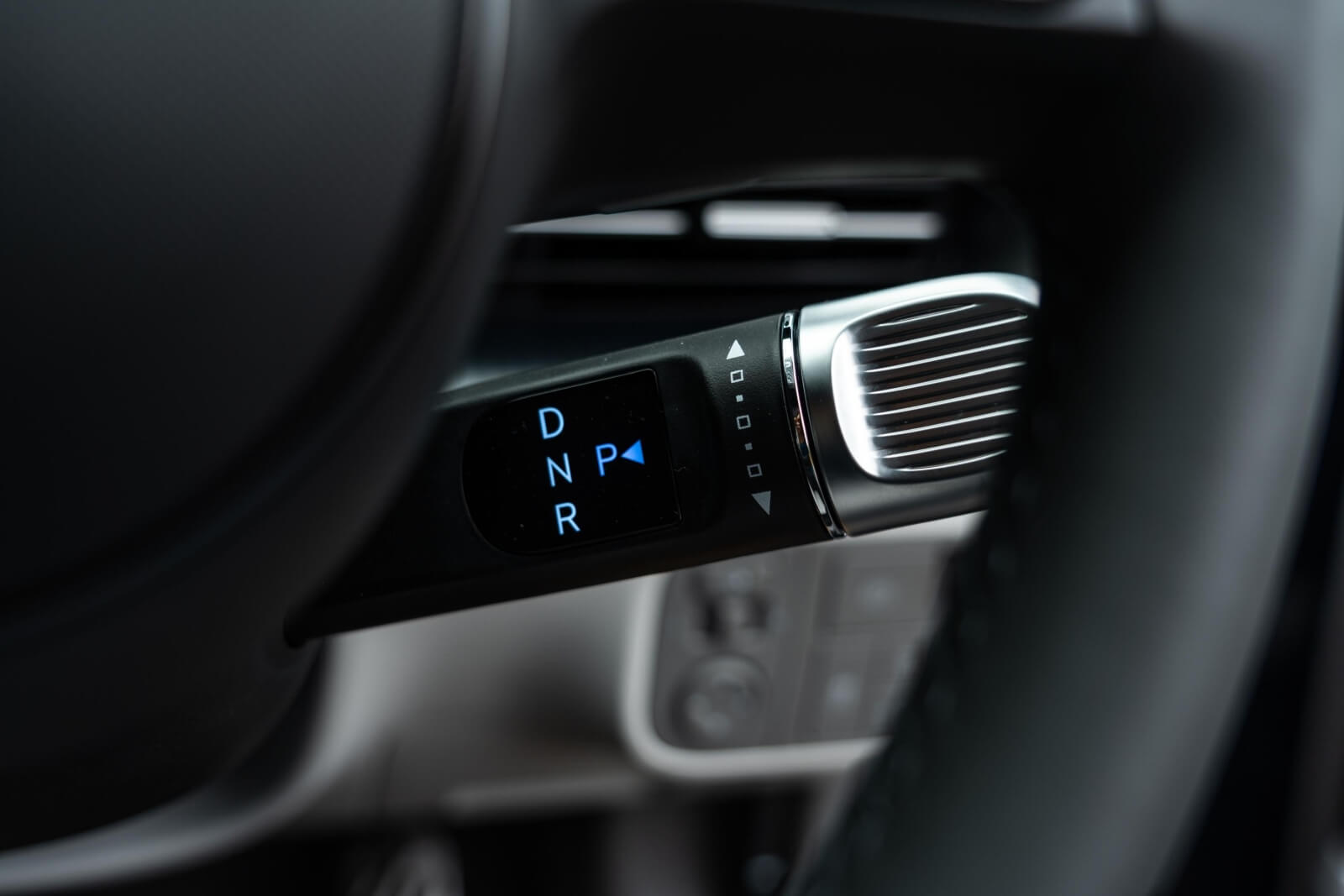
Standard safety equipment across the Ioniq 6 range includes Smartsense featuring:
Autonomous emergency braking (AEB)
Pedestrian and cyclist detection
Junction turning assist
Lane-change oncoming
Rear AEB
Blind-spot assist
Blind-Spot View Monitor
Evasive steering assist
Rear cross-traffic assist
Adaptive cruise control with stop/go
Leading vehicle departure alert
Intelligent Speed Limit assist
Lane-keep assist
Lane Following Assist (lane centring)
Rear occupant alert
Safe exit assist
Driver attention warning
Surround-view camera with 3D mode
Front and rear parking sensors
Tyre pressure monitoring

How much does the Hyundai Ioniq 6 cost to run?
The Ioniq 6 introduces a complementary five-year Hyundai Bluelink subscription for connected and remote services, marking the first Hyundai in Australia to feature over-the-air (OTA) software updates.
With the purchase of each unit, buyers are entitled to 12 months of 24/7 premium roadside assistance, which can be renewed for an additional year each time the vehicle is serviced at a participating Hyundai dealership, a benefit that extends for the vehicle's lifetime.
As part of the Hyundai iCare owner program, owners can update the factory satellite navigation mapping for up to ten years.
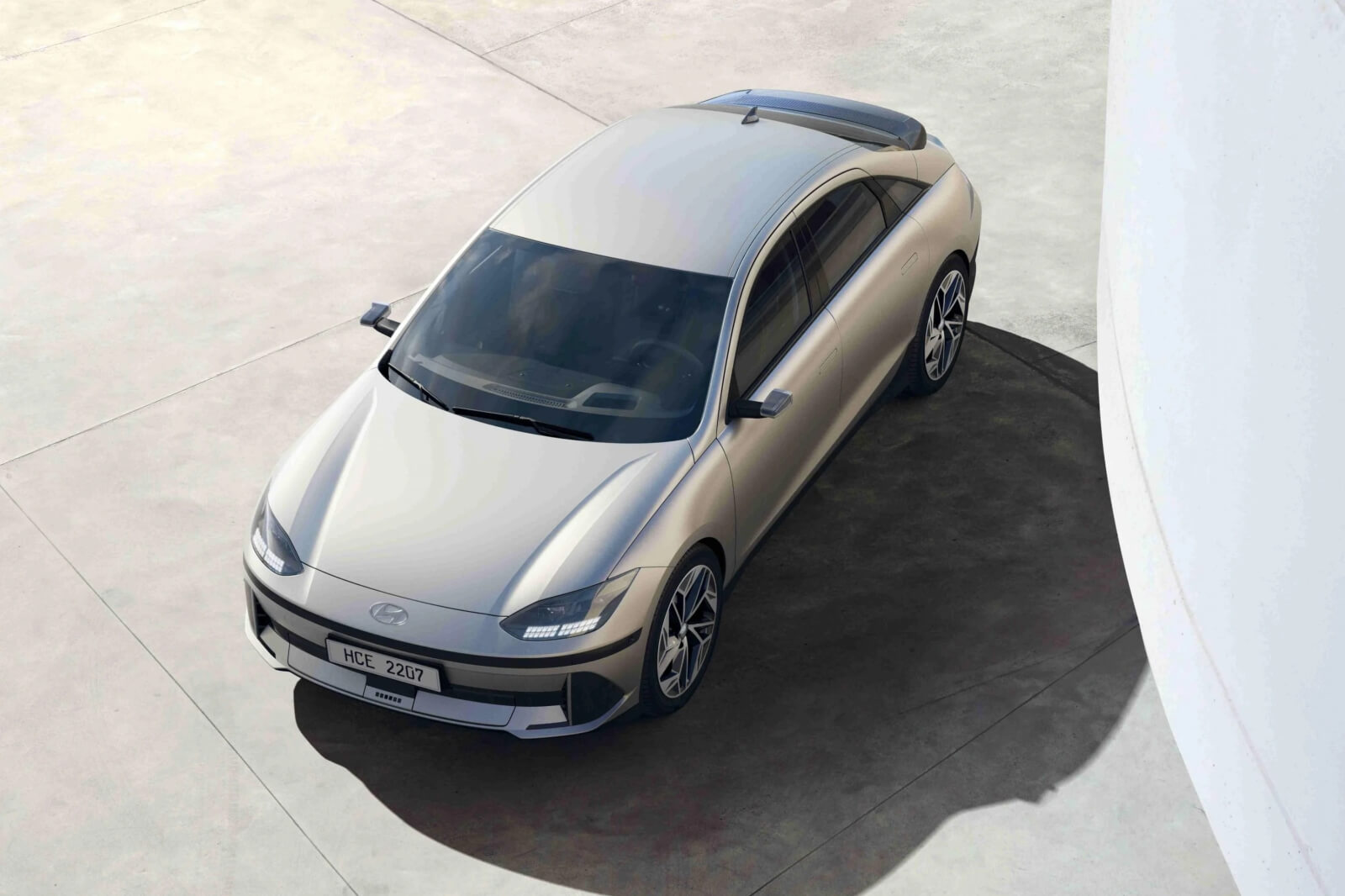
Disappointingly, unlike its luxury subsidiary Genesis, Hyundai does not offer subscriptions to public charger networks or any home charger installation deals, despite the vehicle's substantial price tag.
In terms of practical energy consumption, our dynamic drive showed the Ioniq 6 AWD consuming between 19-20kWh/100km at high speeds (100-110km/h), but this dipped into the 18-19s upon reaching the freeway, especially once freeway speeds decreased to 100km/h closer to Melbourne.

Yeecar’s Take on the Hyundai Ioniq 6
The Hyundai Ioniq 6 sedan proves a worthy addition to the limited array of EVs that promise a genuinely impressive driving experience. This elite group includes the Tesla Model 3, Polestar 2, and now the Hyundai Ioniq 6. The idea of owning a streamlined sedan in the burgeoning market of SUV wagons is an emerging, if not yet popular, choice.
The Ioniq 6 aptly demonstrates that an electric vehicle can benefit from a lower center of gravity. Hyundai's contemporary approach to sleek design offers a leading efficiency choice while delivering a vehicle that drives and engages like the high-end sports sedans of the past.
With its unique design, extensive features, and sophisticated handling, the Hyundai Ioniq 6 presents a well-rounded offering that's compelling in nearly all aspects.
This model addresses major criticisms leveled at the Ioniq 5, and sports an eye-catching exterior that attracts attention and sparks conversations. Its impressive tech upgrades justify its premium price tag.
While the 2024 Hyundai Ioniq 6 is an impressive and intriguing vehicle, the emphasis on function over form results in a somewhat divisive car. Hence, your specification choice holds significance.
Most EVs deliver a satisfactory driving experience, but the more affordable models below $100,000 often grapple with significant shortcomings, such as poor ride quality or a noisy cabin, or both.
This isn't the case with the well-built, quiet, and smooth-riding Hyundai Ioniq 6. This all-electric sedan provides stable handling and comfortable, quick progress. Considering the challenges of engineering a heavy EV to offer smooth and controlled riding, that's a noteworthy accomplishment.

